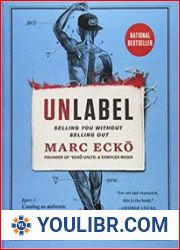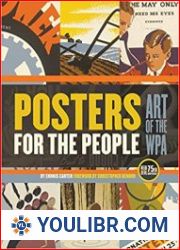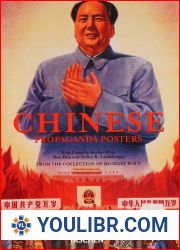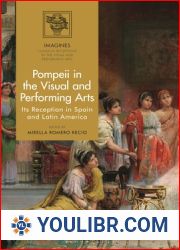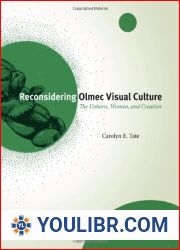
BOOKS - Selling Happiness: Calendar Posters and Visual Culture in Early-Twentieth-Cen...


US $6.66

763835

763835
Selling Happiness: Calendar Posters and Visual Culture in Early-Twentieth-Century Shanghai
Author: Ellen Johnston Laing
Year: September 1, 2004
Format: PDF
File size: PDF 16 MB
Language: English
Year: September 1, 2004
Format: PDF
File size: PDF 16 MB
Language: English
From the early twentieth century until the Communist takeover in 1949, Shanghai commercial artists created thousands of colorful posters and black and white advertisements that formed an essential part of modern life in the city. This visually appealing and richly illustrated work describes the origin and evolution of modern commercial art in China, focusing on colorful advertisement calendar posters that featured distinctive feminine images. It makes clear how essential commercial art and its institutional backing were to the development of modern art and even modern society in China over the past century. The transformation of the Chinese advertisement calendar was the achievement not of the advertisers but of the artists themselves. With their varying artistic styles and different personalities, the artists brought the calendar posters to life. Through their artistic capacities they visualized effective and captivating images and through their technical skills rendered these images into perceptible form. Ellen Laing has assembled data scattered in a wide range of written sources to produce coherent biographies for eleven major commercial artists who designed calendar posters. She documents how they made their livelihoods as independent artists or in association with advertising departments of large companies or as members of commercial art studios. Their artistic achievements outside the realm of advertising art, such as Chinese painting and photography, are revealed. For the first time, Laing examines the fruitful relationships between commercial and fine artists and the important connections between those in advertising and publishing. (Commercial artists designed covers for popular fiction magazines, and, in turn, authors supplied the poetic inscriptions found on calendar posters.) Selling Happiness discusses not only advertising art but also the production and marketing of the calendar poster. These posters, like other advertisements, were rendered in a Western realistic technique and were wildly and widely popular. Ordinary people throughout China often acquired them to decorate their homes. Laing outlines how the Chinese commercial artist, who rarely attended formal Western art classes, gained skills in Western representational art. She also illustrates the Chinese reliance on direct copying of existing images, from advertisement pictures printed in Western periodicals like Ladies' Home Journal or the Illustrated London News to photographs of movie actresses published in fan magazines. In the final chapter of the book, she explains how the styles developed by the commercial poster artists during the 1920s and 1930s became the basis for certain types of propaganda art under the Chinese Communists in the 1950s and 1960s. As the first substantial investigation of commercial art in China, Selling Happiness explains how the early twentieth-century Chinese public came to accept Western-style art as mainstream and the heretofore ignored process by which the Chinese art world became (in some sectors at least) thoroughly cosmopolitan. A monumental study of the most important genre of modern Chinese commercial art, this volume will appeal to not only historians of Chinese art, but also those interested in literary, economic, and social history. It will be an essential resource for comparative studies of visual culture.










